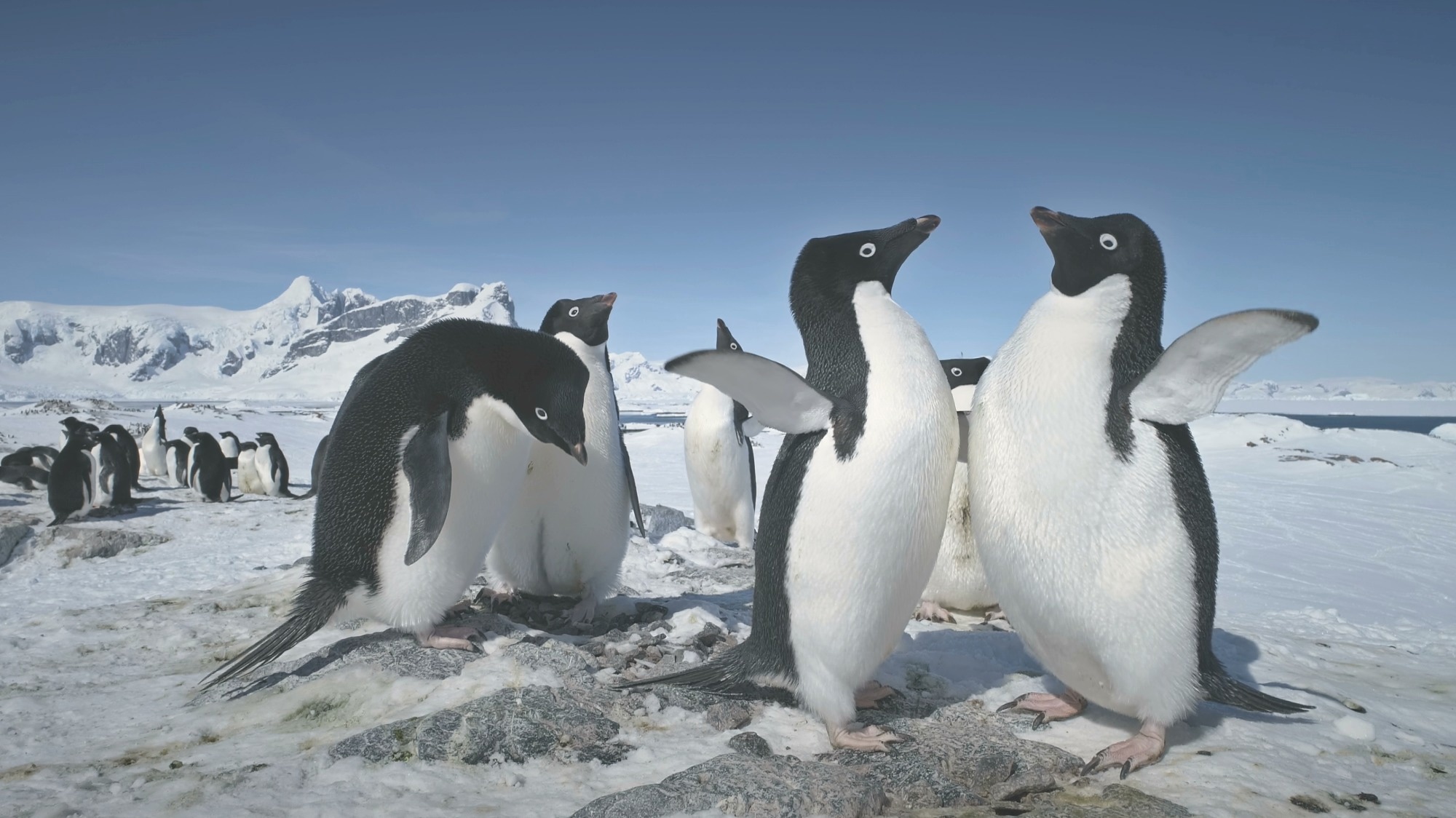Nov 6 2024
Understanding the factors underlying animal population and ecosystem dynamics is often challenging using traditional field methods. Biologging, which involves using various types of sensors attached to animals, allows wildlife biologists to gather data on the physiology and behaviors of animals and their environmental interactions.
In a recent study published in Trends in Ecology and Evolution, a team of scientists from the United States (U.S.) presented a framework for combining biologging data and ecological theory to improve our understanding of ecosystem functions and the impact of global changes.
Through various case studies, the researchers presented the utility of biologging in rigorously testing ecological hypotheses and advanced theories.
 Study: Maximizing biological insights from instruments attached to animals. Image Credit: Mozgova/Shutterstock.com
Study: Maximizing biological insights from instruments attached to animals. Image Credit: Mozgova/Shutterstock.com
Expanding the Scope of Biologging
Biologgers have revolutionized ecological research by enabling scientists to gather large amounts of detailed data on animals' physiology, behavior, and interactions with their environments.
Unlike traditional methods involving direct observation, biologging provides insights into the animal’s life history across vast spatial and temporal scales, helping scientists understand complex ecological processes such as migration and adaptation to extreme environments.
Biologging can also support the rigorous examination of various hypotheses through processes that go beyond observing movement. The use of biologgers to explore behavioral and ecological mechanisms allows scientists to test and refine ecological theories, and potentially uncover fundamental theories governing the movement and interactions of animals.
Furthermore, the use of biologgers can also provide insights into the natural settings in which animals interact, and the real-world pressures that influence animal behavior and survival — factors that cannot be replicated when animals are studied in captivity. Biologging also contributes valuable data for formulating and refining conservation strategies.
Case Studies From Biologging
In this opinion piece, the researchers presented several case studies showcasing how descriptive observation through biologging led to hypothesis testing and theory development in ecology. The first case study reported on how risk-taking behavior in elephant seals, depending on the body condition, impacts foraging and resting behavior.
Observations of northern elephant seals not swimming but passively drifting during foraging dives led to the hypothesis that elephant seals with poor body condition engaged in drift dives.
Further exploration of this hypothesis led to the understanding that drift dives could be used to assess body fat levels and the impact of body conditioning on resting and foraging behavior.
The second case study explored experiential and social learning among whooping cranes. It illustrated how biologging data helped differentiate between experiential learning over time in migratory behaviors, and social learning, where re-introduced birds learning long-distance migration strategies by following more experienced birds.
This study suggested that biologging data could also be used to investigate the factors impacting social learning, such as disruptions caused by human actions.
In the last case study, the researchers presented the use of biologging data to understand how migration was influenced by resource availability and discussed how animals such as zebras and mule deer use social cues and memory of resource availability to adjust their migratory decisions.
Future Directions in Biologging for Ecology
Using the case studies, the scientists showed how biologging has advanced from a descriptive and wildlife surveillance tool to a valuable method for testing ecological theories, and has the potential to develop generalizable theories about ecological processes and animal behavior.
Current biologging studies have been integrating hypothesis testing with theoretical frameworks, and moving beyond addressing observations specific to single model systems to formulating broader ecological questions.
Data from multiple biologging studies that are part of large-scale projects, such as the Tagging of Pacific Predators and the Arctic Animal Movement Archive, can also be synthesized to provide a comprehensive understanding of animal patterns across complex habitats and temporal scales.
Furthermore, combining biologging data with other lines of information, such as environmental datasets and demographic data, could allow researchers to explore the factors influencing population dynamics, species-specific traits, and human-wildlife conflicts.
The development of more specialized biologgers could also enable the accurate measurement of ecological variables such as stress levels and prey density.
The researchers also highlighted the importance of equitable research practices, including global collaborations and fostering partnerships with indigenous communities, which are essential for maximizing the impact of biologging and ensuring inclusivity.
The advancements in biologging technology can also provide novel ways to improve predictions for conservation planning. Biologging-informed models to predict species responses to changing environments can help address issues such as climate change, habitat loss, and human-wildlife interactions.
Conclusions
Overall, the study demonstrated how biologging has evolved to become a transformative ecological tool that can promote theory-driven research to advance our understanding of ecosystem dynamics, species interactions, and animal physiology and behavior.
As data synthesis tools and biologging technology improve, the insights from studies integrating these two fields can help formulate more effective conservation strategies and ecological predictions for our rapidly changing world.
Journal reference:
-
Beltran, R. S., Marm, K. A., Picardi, S., Abrahms, B., Barrile, G. M., Oestreich, W. K., Smith, J. A., Czapanskiy, M. F., Favilla, A. B., Reisinger, R. R., Kendall-Bar, J. M., Payne, A. R., Savoca, M. S., Palance, D. G., Andrzejaczek, S., Shen, D. M., Adachi, T., Costa, D. P., Storm, N. A., & Hale, C. M. (2024). Maximizing biological insights from instruments attached to animals. Trends in Ecology & Evolution. doi:10.1016/j.tree.2024.09.009. https://www.cell.com/trends/ecology-evolution/fulltext/S0169-5347(24)00248-9